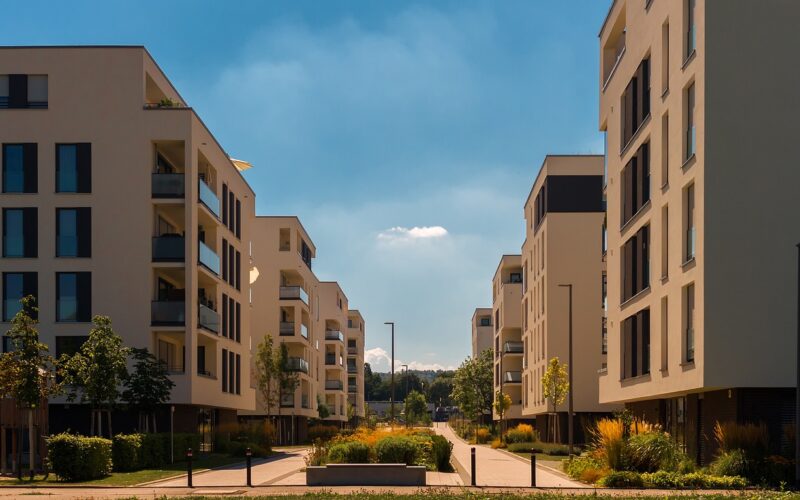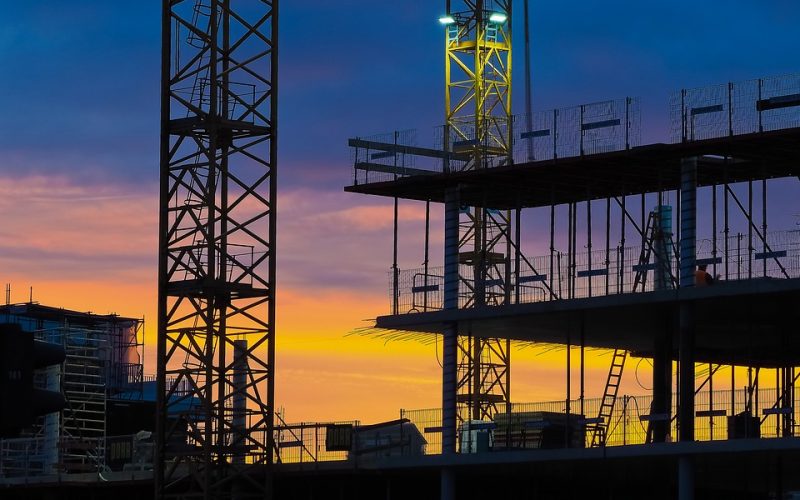Cutting Corners For Profit
In the competitive world of real estate, property developers often face immense pressure to maximise profits while delivering projects on time and within budget. Unfortunately, this has led some developers to resort to cutting corners during construction, compromising the quality and safety of the homes they build. These practices not only jeopardise the integrity of the structures but also pose significant risks to the well-being of the residents who inhabit them.
The pursuit of profit
The allure of increased profit margins can drive developers to make questionable decisions in the construction process. By opting for cheaper materials or employing less experienced labour, they reduce costs while ensuring a quicker turnaround. While this approach may boost short-term profits, it often results in long-term issues for homeowners and tenants who ultimately bear the brunt of these decisions through compromised safety and unforeseen repair costs.
Sacrificing quality for speed
One of the most common methods developers use to cut corners is by sacrificing quality in favour of speed. In their rush to complete projects quickly, some developers may neglect important steps in the building process, such as proper foundation work or effective insulation installation. This can lead to serious structural problems down the line, including cracked walls, water leakage, and poor energy efficiency. Homeowners are then left to deal with costly repairs and maintenance, which can significantly devalue their investment.
The impact on safety
Cutting corners not only affects the quality of the build but also directly impacts the safety of those living in these homes. When developers choose subpar materials or fail to adhere to safety regulations, it increases the likelihood of accidents and structural failures. Improperly installed wiring, inadequate fireproofing, and insufficient load-bearing structures are just a few examples of how cost-cutting measures can create hazardous living conditions. These issues not only endanger residents but can also lead to legal battles and costly liability claims for developers.
Inspecting the unseen
Many of the issues arising from corner-cutting practices are not immediately visible to potential buyers. This makes it essential for prospective homeowners to conduct thorough inspections before making a purchase. Unfortunately, some developers may attempt to mask defects with superficial fixes, making it difficult for even qualified inspectors to identify underlying problems. Buyers must remain vigilant and consider hiring independent experts to assess the property's true condition before committing to a purchase.
Regulatory oversight and accountability
Regulations are in place to ensure that construction standards are met, yet enforcement can be inconsistent. Developers who cut corners may exploit loopholes or find ways to circumvent inspections, thereby evading accountability for their actions. It is crucial for governing bodies to strengthen oversight and implement stricter penalties for those found to have compromised safety and quality in the pursuit of profit. This can help deter unethical practices and protect consumers from the fallout of shoddy construction.
The importance of consumer awareness
Ultimately, consumer awareness plays a vital role in combating the issue of corner-cutting in the property development industry. By staying informed about potential red flags and understanding their rights, buyers can make better decisions and avoid falling victim to unscrupulous developers. Advocating for transparency and demanding accountability from developers can also drive positive change within the industry, encouraging developers to prioritise quality and safety over profit margins.
While the temptation to cut corners may be strong for some property developers, the repercussions of such actions can be far-reaching and detrimental. By prioritising quality, adhering to regulations, and fostering greater transparency, the industry can ensure safer, more reliable housing for all.
























